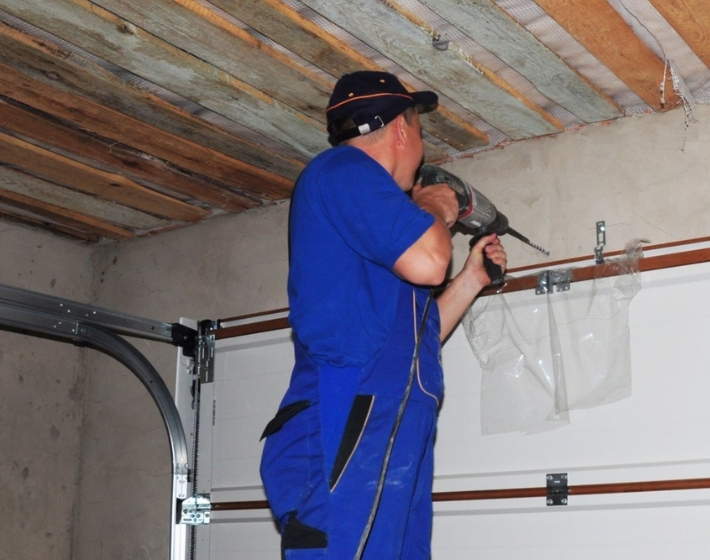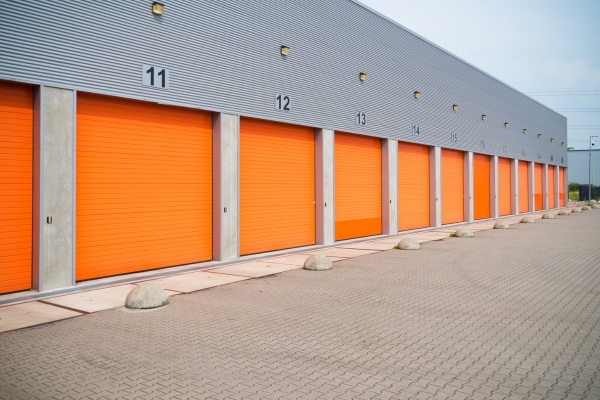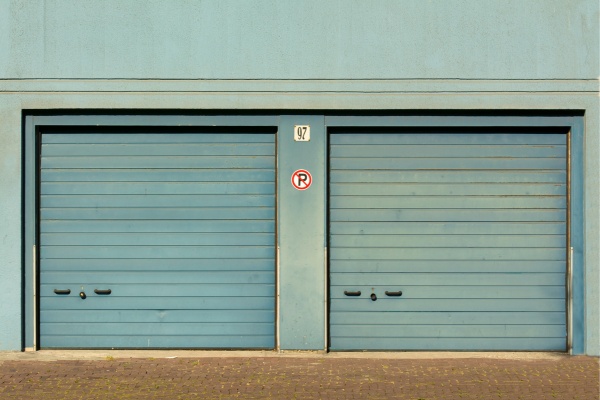Garage doors are vital for home security and convenience, yet they often face wear and tear that can disrupt their smooth operation. Whether you’re experiencing noisy movements, broken springs, or slow door responses, understanding how to diagnose and fix common issues can save you time and money. This comprehensive guide offers practical garage door repair tips, maintenance advice, and safety guidelines to empower homeowners in maintaining functional, safe garage doors all year round.
Understanding Your Garage Door Components
Before diving into repairs, it’s essential to familiarize yourself with the key parts of your garage door system. Knowing these components helps in diagnosing problems accurately and performing maintenance safely.
Common Garage Door Parts Explained
- Torsion Springs: Positioned above the door opening, torsion springs store mechanical energy to lift and lower the heavy door smoothly. Extension Springs: Located on either side of the door, these springs stretch and contract to assist the door’s movement in older or lighter models. Rollers: Small wheels that run along the tracks, enabling the door panels to slide open and closed. Tracks: Metal guides on both sides of the door frame that hold rollers and ensure linear movement of the door. Panels: The visible sections of the door itself, which can be made from steel, wood, or fiberglass. Opener Motor: An electric device that automates the door’s operation, commonly chain drive, belt drive, or screw drive types.
Understanding how these parts interact helps identify issues such as broken springs or misaligned tracks quickly. Regular inspection of these components also aids in preventative maintenance.
Diagnosing Common Garage Door Problems
Troubleshooting your garage door effectively involves recognizing typical symptoms and their underlying causes. Here’s how to spot https://ottewell-ab-vr887.raidersfanteamshop.com/best-hotels-in-castle-downs-nearby-accommodation-2025 and interpret common issues.
Noisy or Sticking Doors
Noises such as grinding, squeaking, or rattling often signal lubrication deficiency or worn rollers. Sticking doors may indicate dirty or bent tracks causing friction during movement.

Broken Springs and Cables
A broken spring typically results in the door being unusually heavy or completely non-operational. Cables may fray or snap under tension; this is a serious safety hazard requiring caution.
Off-Track or Bent Tracks
Doors that derail or fail to close flush against the frame usually have bent or misaligned tracks. Visual inspection reveals dents or gaps between rollers and tracks.
Slow or Jammed Door Movement
Slow response or jamming can come from weakened springs, malfunctioning opener motors, or debris blocking tracks. Electrical faults with the opener’s limit switches or sensors could also cause erratic behaviour.
Recognizing these symptoms early enables homeowners to perform minor repairs or plan timely professional intervention.
Step-by-Step Garage Door Repair Tips
With proper safety precautions and tools, many minor repairs and maintenance tasks can be handled by homeowners, reducing the need for expensive service calls.
DIY Spring and Cable Repair Safety
- Important: Springs and cables are under high tension and can cause severe injury. Only attempt repairs if you have experience and the right tools. Always disconnect power to the opener before starting any repair work. Use winding bars specifically designed for torsion spring adjustments—never substitute screwdrivers or other improvised tools. If the spring is broken, do not operate the door manually; call a professional immediately.

Lubrication and Maintenance Techniques
- Apply garage door lubricant to moving parts such as springs, rollers, hinges, and tracks every six months to reduce friction and noise. Use silicone-based or lithium grease lubricants, avoiding WD-40 which can attract dust and dry out over time. Wipe all excess lubricant to prevent dirt build-up.
Opener Repair and Remote Programming
- Reset your garage door opener according to the manufacturer’s manual if remote controls fail to operate properly. Replace batteries in remotes regularly and test safety sensors to prevent accidental closure on people or objects. Check opener motor belts or chains for wear and adjust tension as needed to ensure smooth operation.
Track Alignment and Roller Replacement
- Loosen bolts holding tracks and gently tap them back into correct alignment using a rubber mallet if bent or off-track. Replace worn or damaged rollers, opting for nylon rollers for quieter operation if upgrading. Tighten all hardware to secure tracks firmly without impeding smooth roller motion.

Preventative Garage Door Maintenance
Regular upkeep extends the life of your garage door system, improves safety, and reduces costly emergency repairs.
Weatherstripping and Insulation Tips
- Inspect and replace weatherstripping around the garage door perimeter to seal gaps and improve energy efficiency. Consider adding insulation panels inside sectional doors to combat heat loss in winter or heat gain in summer. Ensure seals are flexible and intact, preventing drafts, pests, and water infiltration.
Safety Checks and Sensor Maintenance
- Test safety sensors monthly by placing an object in the door’s path to ensure automatic reversal upon obstruction. Clean sensor lenses gently with a soft cloth to maintain accurate detection. Verify emergency release cords are accessible and functional for quick manual operation during power outages.
Integrating these maintenance steps into seasonal routines safeguards your garage door’s long-term reliability.
When to Call a Professional Garage Door Repair Service
Some repairs transcend DIY safety or technical capacity and require licensed technicians equipped with specialized tools.
Emergency Repair Situations
- Broken torsion springs or snapped cables pose immediate risk and call for urgent professional attention. Doors that won’t stay open, jam repeatedly, or show signs of structural damage should be assessed promptly. Electrical faults in opener motors, circuit boards, or wiring are best handled by experts.
Cost Considerations and Service Options
- Typical spring replacement costs vary but expect between $200 to $400 depending on torsion or extension types. Opener motor repairs or replacements can range from $150 to $600 based on brand and drive mechanism. Professional inspections often uncover hidden problems, saving on future emergency expenses. Many services offer maintenance plans that include regular checkups and discounted repairs.
Balancing DIY efforts with professional help ensures your garage door stays operational and safe.
Additional Resources and Tutorials
Video Tutorials for Common Repairs
Numerous online video guides demonstrate step-by-step procedures for lubrication, roller replacement, and basic opener programming. Watching visual tutorials enhances your understanding before attempting DIY fixes.
Recommended Tools and Parts Suppliers
Invest in quality tools such as winding bars, socket sets, lubricant sprays, and replacement rollers to facilitate smooth repairs. Reliable parts suppliers offer OEM-compatible springs, sensors, and panels suited to your specific door model.
Referencing manuals and manufacturer websites ensures compatibility and warranty compliance when ordering parts.
Maintaining your garage door with informed repair techniques and regular maintenance guarantees ease of use, safety, and durability. Whether tackling small fixes yourself or knowing when to call professionals, these tips prepare you to keep your garage door running smoothly year-round. Start inspecting your garage door today and take control of your home’s convenience and security.